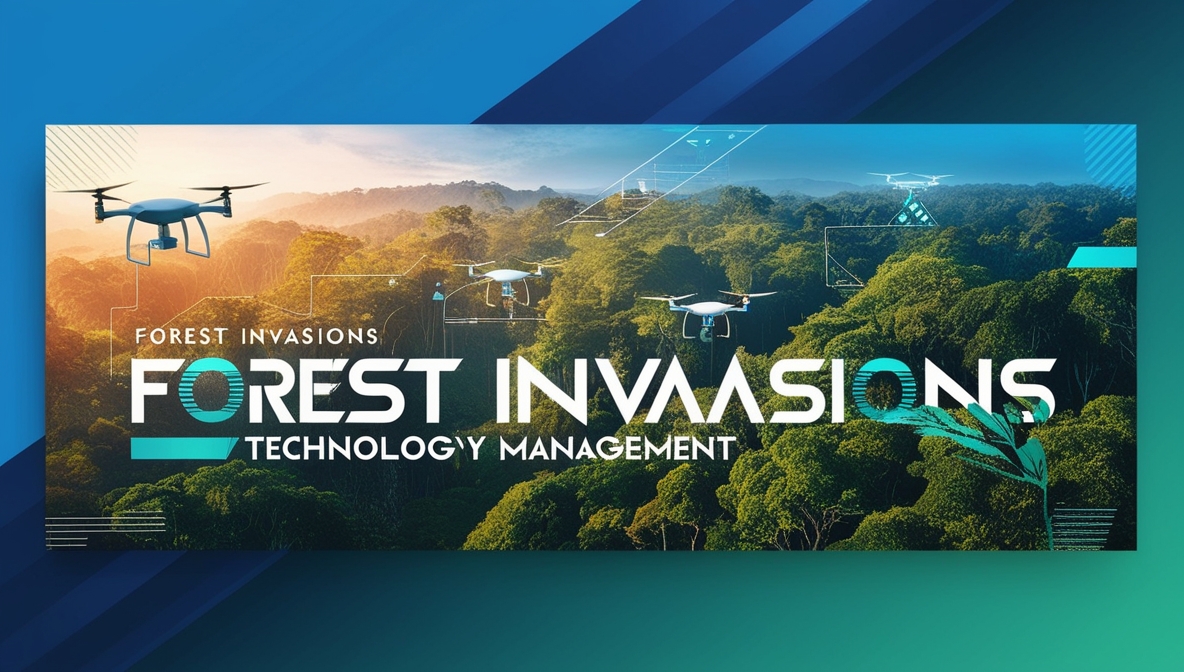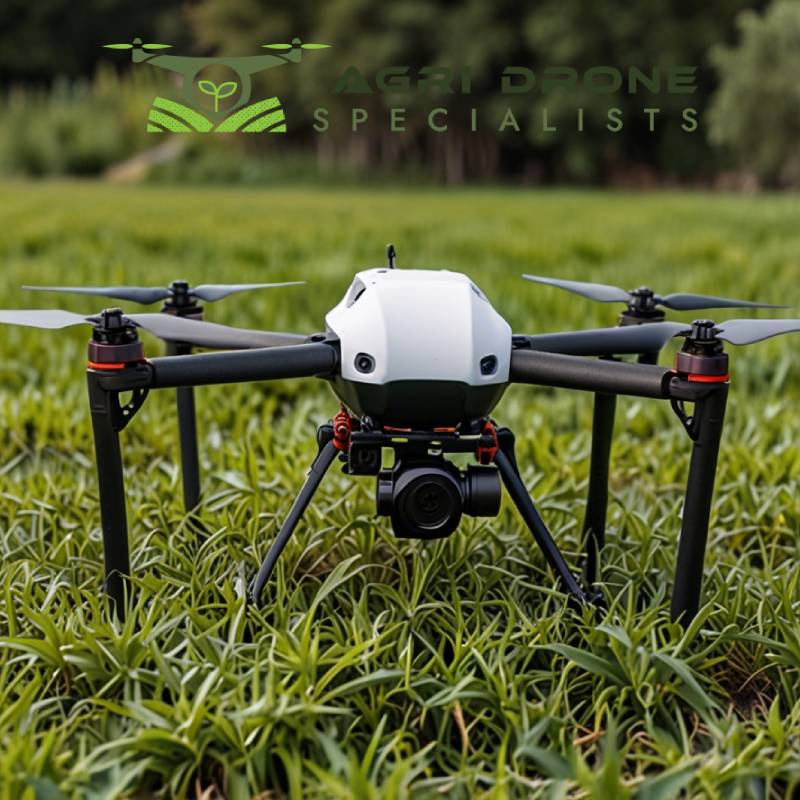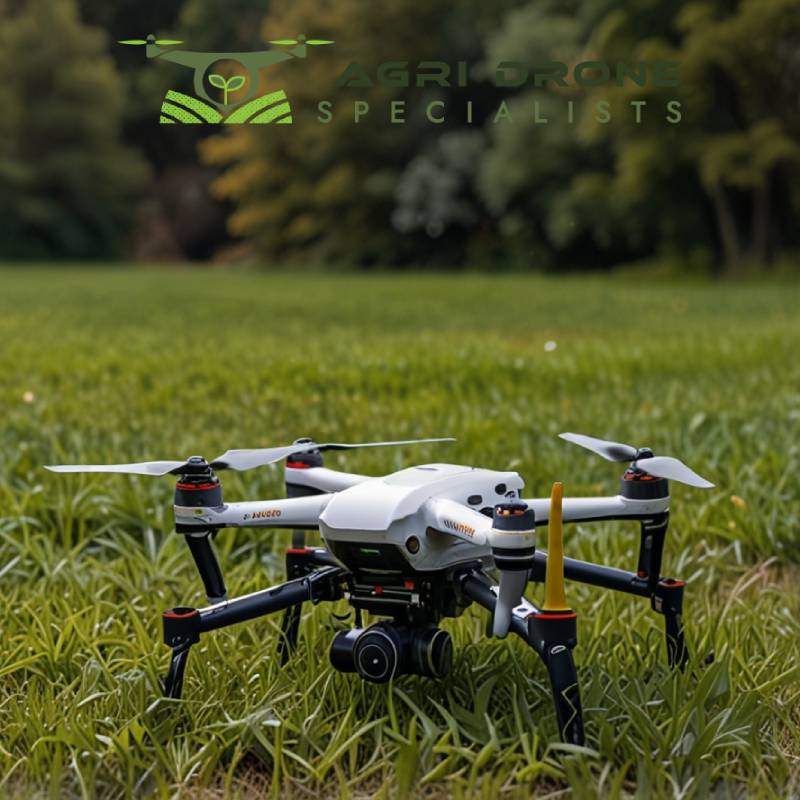Wilding pines are non-native, self-seeding coniferous trees that spread aggressively over vast areas of land, especially in countries like New Zealand, Australia, and parts of Europe. It can outcompete native plants, reduce biodiversity, alter water cycles, and take over land used for agriculture or forestry. Its control is necessary as it threatens biodiversity, native ecosystems, and productive land. If not controlled, these pines can form dense forests, choking out native flora and fauna, reducing land productivity, and increasing the risk of wildfires. Technology plays a crucial role in controlling the Wilding Pine in the ecosystem.
Are you a landowner facing facing wilding pines issues? These invasive trees can rapidly overtake pastures and forests. It will cause significant ecological harm. We provide efficient wilding pine control using advanced drone technology. Our drones can reach remote, mountainous areas where wilding pines typically establish themselves. We, apply wilding pine control treatments effectively to stop its spreading.
A Sustainable Approach to Weed Management
Sustainability is the cornerstone of our weed-spraying drone services. Traditional weed control methods often require heavy machinery, extensive labour, and excessive herbicide use, all of which can harm the environment. In contrast, our drone-based wilding pine control services are inherently more sustainable.
Our drone approach significantly reduces the carbon footprint associated with weed control projects. Additionally, our precise application method requires fewer herbicides, minimizing the risk of chemical runoff into nearby water sources. This makes our wilding pine control Services not only effective but also ecologically responsible and cost-effective.
Weed Spraying in Wilding Pine Control
Weed spraying plays a vital role in the wilding pine control process. It is effective in managing and eradicating invasive wilding pines. It seems to be the best alternative to remove the invasive wilding pines. Weed spraying, specifically using herbicides, is an essential part of controlling wilding pines. It is effective to control younger or smaller trees that are difficult to manage manually or mechanically. Here’s how it works:
Selective Herbicide Application
• Pre mapped: Pictures are first taken with the mapping drone and stitched together to then identify each tree. With RTK sub 3CM accuracy, it is then converted into the spray drone to autonomously carry out the spraying mission.
• Targeted Spraying: Herbicides are applied directly to the wilding pines or their surrounding areas to kill the pines and prevent their further spread. The goal is to apply herbicides selectively, only targeting wilding pines while minimizing damage to native plants or non-invasive species.
• Foliar Spraying: For smaller trees or saplings, herbicides are often applied to the foliage using backpack sprayers, boom sprayers, or aerial methods like helicopters or drones. This allows the chemicals to be absorbed by the leaves and transported throughout the tree, ultimately killing it over time.
• Stem Application: In some cases, herbicides can be applied directly to the trunk or bark of larger trees through methods like basal bark spraying or cutting and spraying. This approach helps to avoid overspraying and limits the environmental impact.
Aerial Weed Spraying
For large, inaccessible areas with heavy wilding pine infestations, aerial spraying with helicopters or drones is often the most efficient method. Herbicides are sprayed over large areas to control widespread growth. Aerial spraying allows for rapid treatment of large infestations, particularly in rough terrain that’s difficult to access on foot. However, it requires careful planning. So that the herbicides don’t affect non-target species or water bodies.
Integrated Approach: Combining Spraying with Other Methods
Weed spraying is often part of an integrated pest management (IPM) strategy in wilding pine control process. It is combined with other mechanical or manual control methods. Cutting down larger trees or using mulchers to remove them comes under the mechanical process while uprooting or sawing down smaller wilding pines comes under the manual process. It is effective in sensitive ecological areas where herbicide use might be restricted. In some cases, areas are burned to destroy seedlings and regenerate the land. Spraying is especially useful for controlling regrowth and seedlings after mechanical or manual removal of larger pines.
Chemical Control: Herbicide Selection
The herbicides used in wilding pine control are chosen based on their effectiveness against pines and their minimal impact on the surrounding environment. Common herbicides for this purpose include Glyphosate which is effective against wilding pines when applied to the foliage. Triclopyr is effective for woody plants like pines. Metsulfuron is another herbicide commonly used in wilding pine control. It disrupts the growth process of the pine. There’s always a risk of herbicides affecting native vegetation or ecosystems, so precise application is critical.
Environmental Considerations
While herbicides are effective, care must be taken to minimise their environmental impact, especially in sensitive ecosystems or near water bodies. Proper strategies are followed to achieve better results. For this, you need to establish no-spray buffer zones around water sources, native vegetation, or wildlife habitats. Instead of blanket spraying, use spot-spraying to target individual trees or small clusters. It will reduce the amount of chemicals used. Applying sprays during specific times of the year, like the growing season. It ensures the herbicide is absorbed more effectively, reducing the need for multiple applications.
Monitoring and Follow-up
Weed spraying is most effective when part of a long-term management plan. After spraying, it’s crucial to monitor the treated area for any signs of regrowth. Wilding pines may regrow from seeds or surviving seedlings, so regular follow-up spraying may be needed. Assessing the health of native plants and ecosystems helps to ensure that the spraying hasn’t caused unintended damage.
Benefits of Weed Spraying in Wilding Pine Control:
The Role of Spraying Technology allows the treatment of large areas quickly. It happens as a process combined with aerial methods. It is cost-efficient compared to the manual removal process in areas with large infestations. Drone spraying reduces the need for intensive manual labour and heavy equipment in difficult-to-reach areas. Regular spraying prevents re-infestation of wilding pines, especially when combined with other control methods.
Conclusion
Weed spraying is a vital component of the wilding pine control process. It provides a targeted and efficient way to manage these invasive trees, particularly when integrated with other control methods. By using precise herbicide application techniques, environmental damage can be minimised. It will effectively control the spread of wild pines and restore ecosystems.





